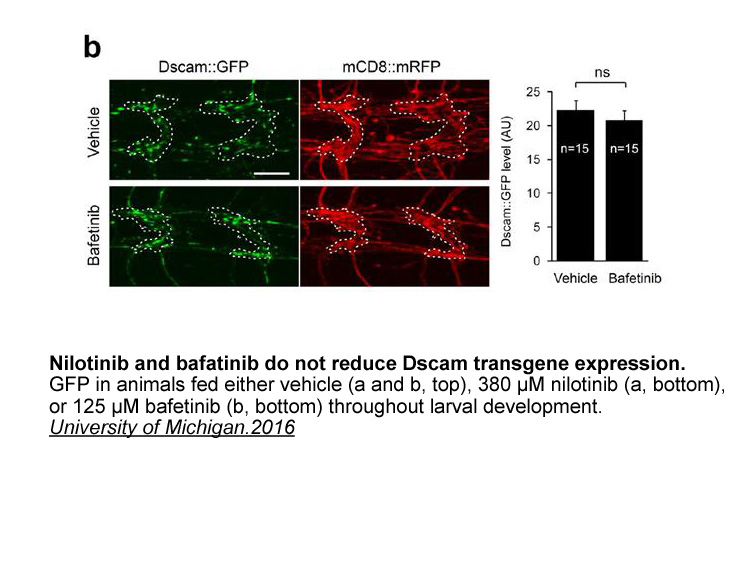Archives
Second there are several studies that aimed to estimate
Second, there are several studies that aimed to estimate the causal impact of the conditional cash transfer programs on adult labor supply in Brazil (e.g., Soares et al., 2007; Ferro and Nicollela, 2007; Tavares, 2008; Teixeira, 2008; Covre et al., 2008; Foguel and de Barros, 2008). These studies use different empirical strategies to compare all beneficiaries against observationally similar non-beneficiaries. Their results are not conclusive. Some find no effects and others find negative effects particularly among women. Our results suggest that their estimations may be biased since we find suggestive evidence of reverse causality from labor supply to program participation.
Introduction
The educational process in Brazil can be described as backward (even when compared to less developed countries) and highly skewed in favor of a privileged slice of the population. The debate over the importance of education as a factor explaining Brazil\'s income inequality is intense, with the leading current of opinion being that schooling is the main causal factor explaining this inequality, by generating productivity differences among individuals that last throughout their lifetimes (Menezes-Filho, 2001a). Besides this, human capital is one of the main determinants of the rate economic growth and level of welfare in a country.
Many international studies show that educational quality positively influences individuals’ future wages (Murnane et al., 1995; Murphy and Peltzman, 2004), their probability of continuing on to higher education (Rivkin, 1995) and countries’ economic growth (Bishop, 1989; Hanushek and Kimko, 2000).
In an effort to improve school quality, governments around the world have been significantly increasing spending on education. The interest of educators and politicians to improve schools has been backed by recognition of the importance of human capital in a range of aspects, such as economic performance, political voltage gated potassium channel and public satisfaction. Many of the motivations come from theoretical and empirical analyses of the relationship between an individual\'s schooling, the most common proxy for level of human capital. For many commentators, however, policy initiatives should not focus on the amount of schooling, but rather on its quality (Hanushek, 2003).
The central arguments about the effects of schooling have a simple structure. First, there is a direct relation between the number of yea rs of study and wages. Given these returns to education, the policy discussion suggests the need to invest more in human capital, which translates directly into more public spending on education. The argument to boost spending generally is not confined only to increasing the years of study, but also to improving its quality. The assumption is that more money will improve educational quality, i.e., there is a close relationship between money and quality. This relationship, however, is questioned in Hanushek (2003), as we shall see shortly.
There is a good deal of international evidence that the quality of education, as measured by student achievement tests, is related to individuals’ wages and productivity and a country\'s economic growth, even after controlling for years of schooling (Bishop, 1989; O’neill, 1990; Murnane et al., 1995; Boissiere et al., 1985).
Recent studies on the returns to education in Brazil emphasize the effect of average schooling, measured by years of study, on wages. However, many international studies have recognized the superiority of the quality of these years of study, measured by proficiency tests, over sheer quantity to explain the wages of students when pulmonary artery enter the labor market, as well as the productivity of the countries and regions and their differences. What has been observed in Brazil is that years of schooling have advanced, but not in qualitative terms. The results of the achievement test given as part of the National System for Evaluating Basic Education (SAEB) documents a fall in school performance between 1995 and 1999 (Ministério da Educação, 2001).
rs of study and wages. Given these returns to education, the policy discussion suggests the need to invest more in human capital, which translates directly into more public spending on education. The argument to boost spending generally is not confined only to increasing the years of study, but also to improving its quality. The assumption is that more money will improve educational quality, i.e., there is a close relationship between money and quality. This relationship, however, is questioned in Hanushek (2003), as we shall see shortly.
There is a good deal of international evidence that the quality of education, as measured by student achievement tests, is related to individuals’ wages and productivity and a country\'s economic growth, even after controlling for years of schooling (Bishop, 1989; O’neill, 1990; Murnane et al., 1995; Boissiere et al., 1985).
Recent studies on the returns to education in Brazil emphasize the effect of average schooling, measured by years of study, on wages. However, many international studies have recognized the superiority of the quality of these years of study, measured by proficiency tests, over sheer quantity to explain the wages of students when pulmonary artery enter the labor market, as well as the productivity of the countries and regions and their differences. What has been observed in Brazil is that years of schooling have advanced, but not in qualitative terms. The results of the achievement test given as part of the National System for Evaluating Basic Education (SAEB) documents a fall in school performance between 1995 and 1999 (Ministério da Educação, 2001).